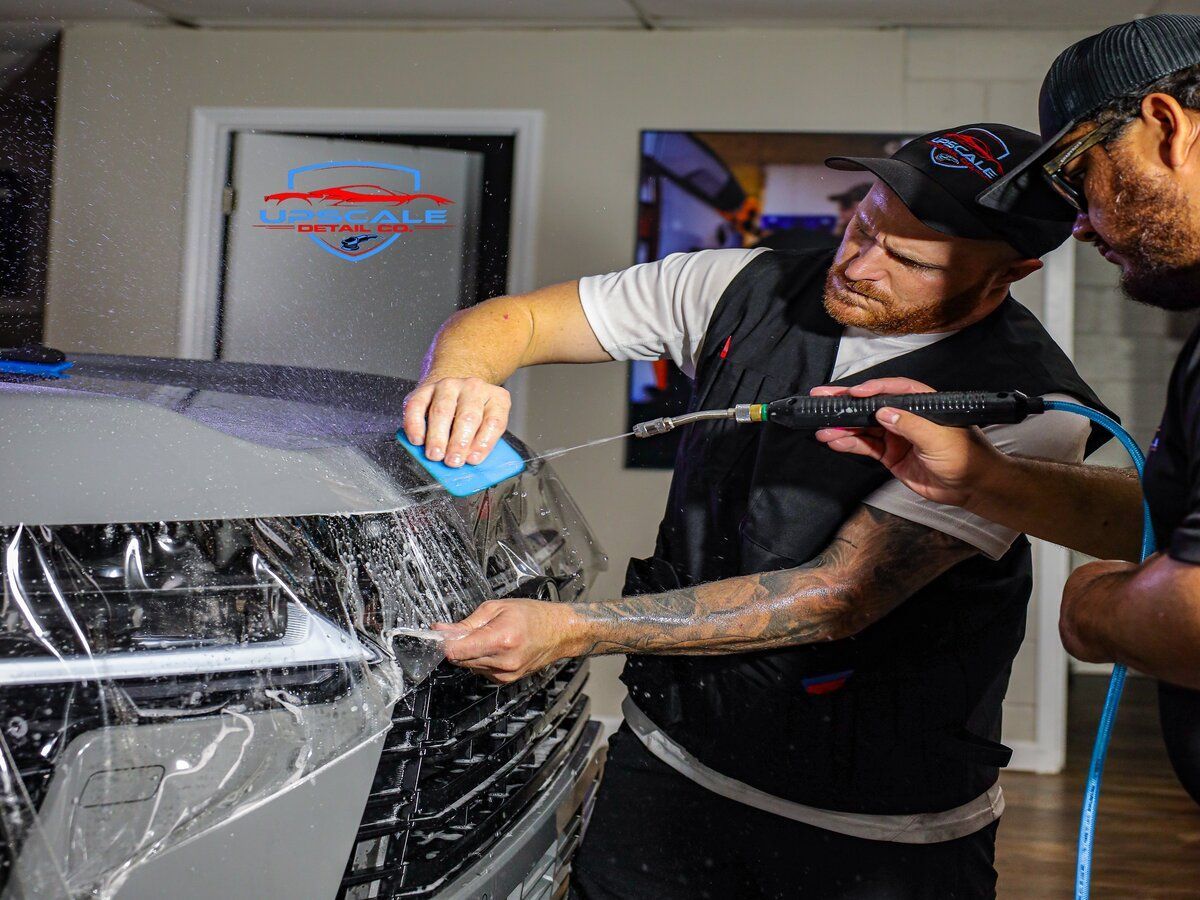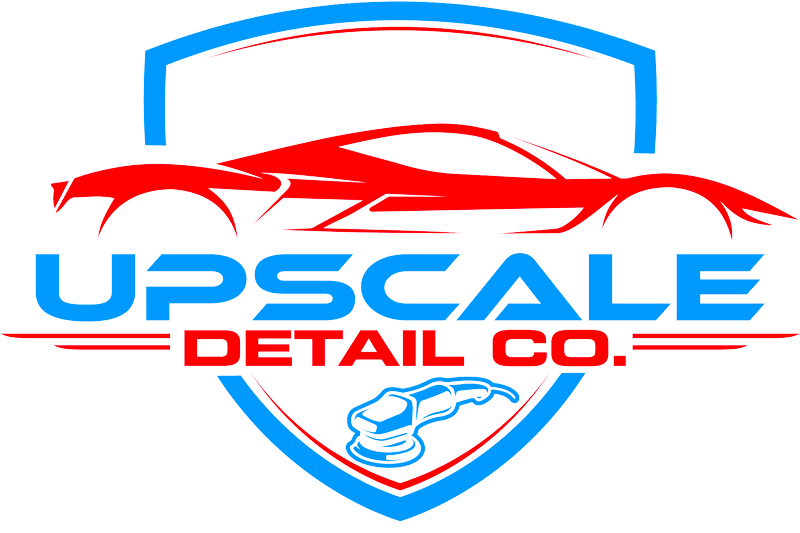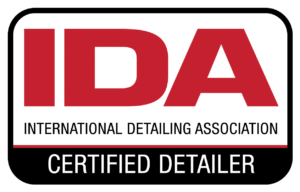How Weather Extremes in Georgia and Alabama Impact Luxury Vehicle Paint
You park your luxury sedan in the driveway on a beautiful spring morning in Columbus. By noon, it's 85 degrees with humidity pushing 80%. Two hours later, a pop-up thunderstorm rolls through, followed by blazing sun that seems to magnify through every water droplet left on your hood. This isn't just another day in Georgia – it's a constant assault on your vehicle's paint.
Living in the Georgia and Alabama region means dealing with weather damage car paint faces from multiple angles at once. Our climate throws everything at your vehicle – extreme humidity, wild temperature swings, intense UV radiation, and seasonal storms that can wreak havoc on even the toughest factory finishes.
The truth is, our regional climate creates a perfect storm for paint degradation. But here's what most people miss: the damage doesn't happen overnight, and it's not always obvious until it's already affected your vehicle's value.
Georgia and Alabama's Unique Climate Challenges
Our region sits in a climate zone that creates worst-case scenarios for vehicle finishes. The combination of factors we deal with here is uniquely harsh.
Summer temperatures regularly push into the mid-90s, but it's not just the heat. The humidity in Columbus and Phenix City stays consistently high from April through October, often hitting 70-90% even on "nice" days. This moisture creates a breeding ground for contaminants that eat away at clear coat and paint.
Georgia and Alabama sit in what's called the "high UV zone" on solar radiation maps. That southern sun isn't just making your steering wheel hot – it's literally breaking down the molecular bonds in your paint's protective layers. Add in our famous red clay dust that sticks to everything when it rains, and you've got accelerated paint aging.
Temperature swings are another factor. A car sitting in a parking lot can go from 70 degrees at 8 AM to 140+ degrees on the surface by noon, then drop back down after a storm rolls through. This constant expansion and contraction stresses paint and clear coat.

How Weather Damage Car Paint Actually Happens
Your vehicle's paint isn't just one layer – it's a complex system with base coat, color coat, and clear coat working together. When weather attacks this system, it happens in specific ways.
UV radiation breaks down the polymer chains in a clear coat first. On your car, this shows up as oxidation, that chalky appearance you see on older vehicles. Dark colors show it worse because they absorb more heat, which speeds up the breakdown process.
Humidity damage works differently. Moisture gets into microscopic imperfections in the clear coat and sits there, especially in our climate where things don't really dry out completely. Over time, this trapped moisture causes the clear coat to separate from the color layer underneath.
Heat cycles cause physical stress. When paint heats up, it expands. When it cools, it contracts. Do this hundreds of times over a summer, and you're creating tiny stress fractures that eventually become visible crazing in the finish.
Rain carries contaminants in our region. The water evaporates, but minerals, pollutants, and that red clay residue stay behind, etching into the clear coat if left too long.
Seasonal Threats Throughout the Year
Each season in our region brings its own set of challenges for luxury vehicle paint.
Spring and summer are brutal. March through September means dealing with intense sun exposure, high humidity, and frequent storms. This is when UV damage accelerates fastest. Pollen is another seasonal issue – those yellow clouds are acidic and will etch paint if left sitting for days.
Fall brings relief from the worst heat, but introduces new problems. Tree sap becomes a major issue as temperatures drop. Sap is incredibly damaging because it's sticky, acidic, and hardens in the sun, bonding to your clear coat.
Winter in Georgia and Alabama is unpredictable. We get freezing temperatures followed by warm spells, creating condensation issues and thermal shock. Road treatments during our occasional ice events still contain chemicals that can damage paint if not cleaned off promptly.
The Real Cost of Ignoring Weather Damage Car Paint
Paint condition is one of the first things buyers and appraisers look at when evaluating a vehicle. Oxidation, clear coat failure, or visible weather damage can knock significant value off your vehicle instantly.
The frustrating part is that most of this damage is preventable. Once a clear coat starts failing or paint begins oxidizing, you're looking at correction work, not simple fixes. Protection is always more practical than restoration.
Protection Strategies That Actually Work
Generic advice about washing your car regularly doesn't cut it in our climate. You need specific protection strategies designed for the challenges we face in Georgia and Alabama.
Ceramic coating creates a sacrificial layer that takes the abuse instead of your paint. It blocks UV radiation, prevents moisture penetration, and makes contaminants easier to remove before they cause damage. In our climate, this is the baseline protection your vehicle needs.
Paint protection film goes even further, especially on high-impact areas. It physically shields paint from everything our weather throws at it while being nearly invisible when properly installed.
Parking strategies matter more than people think. Garage parking obviously helps, but if you're parking outside regularly, consider covered options when possible. Even a carport reduces UV exposure and keeps the worst rain off your vehicle.
Regular maintenance means removing contaminants before they have time to bond and cause damage. That means addressing tree sap immediately, cleaning bird droppings within 24 hours, and removing water spots before they etch.
Why Professional Protection Makes Sense
DIY ceramic coatings sound appealing until you're dealing with high spots that won't come off or coverage gaps that let damage through.
At Upscale Detail Co LLC, we see the difference between protected and unprotected vehicles that live in our area. The protected ones look showroom fresh after three years. The unprotected ones are already showing oxidation, clear coat issues, and permanent damage.
Professional-grade protection products perform differently than consumer options. They're formulated to handle extreme conditions like ours and typically last years longer when properly applied.

Regional Best Practices for Columbus and Phenix City
Living in our specific area means adapting your protection approach to local conditions. Columbus and Phenix City face some unique challenges.
The red clay situation here is real. After rain, that fine dust gets everywhere and bonds to paint surprisingly well. Weekly washing during wet seasons isn't excessive – it's maintenance.
Fort Benning's proximity means some areas get more dust and particulate in the air than you'd expect. If you live or work near the base, your vehicle is collecting more contaminants daily.
Our proximity to I-185 and heavy truck traffic adds another layer of concern. Road grime, diesel exhaust particulate, and debris from commercial vehicles all contribute to paint contamination.
What makes weather damage car paint worse in Georgia and Alabama compared to other regions?
The combination of high humidity, intense UV radiation, and dramatic temperature swings creates a perfect storm for paint degradation. Our region experiences all three factors consistently throughout the year. The humidity prevents proper drying and traps contaminants against paint, UV breaks down protective clear coats rapidly, and temperature cycling causes physical stress that accelerates failure. Add in our red clay dust and seasonal pollen, and you've got conditions that attack paint from multiple angles simultaneously.
How quickly can weather damage appear on an unprotected luxury vehicle?
In our climate, visible signs of weather damage can appear within 18-24 months on an unprotected vehicle that parks outside regularly. Initial oxidation and clear coat dulling often show up first, especially on horizontal surfaces like hoods and roofs. Dark-colored vehicles show damage faster than light colors because they absorb more heat.
Can existing weather damage be reversed before applying protection?
Yes, most weather damage can be corrected through paint correction services before protection application. This involves removing the damaged clear coat layer through careful polishing, revealing fresh paint underneath. However, there are limits – if damage has penetrated through to the base coat, correction options become more limited. This is why catching and addressing weather damage early matters.
How does ceramic coating specifically protect against Georgia and Alabama weather conditions?
Ceramic coating creates a chemically bonded layer over your paint that's significantly harder and more resistant than factory clear coat. It blocks UV radiation from reaching and degrading your paint, prevents moisture from penetrating into microscopic imperfections, and creates a surface that contaminants can't easily bond to. In our humid climate, this moisture barrier is critical for preventing clear coat delamination.
Is professional paint protection worth it for a leased vehicle?
Absolutely, especially if you want to avoid end-of-lease charges for paint condition. Lease return inspections specifically look for paint damage, oxidation, and clear coat issues. Professional protection prevents the damage that triggers these charges. Plus, you're driving a vehicle that looks better throughout the lease period.
Protect Your Investment Before It's Too Late
The reality of owning a luxury vehicle in Georgia and Alabama is that weather damage car paint is aggressive and unforgiving. But it's not inevitable. The vehicles that still look incredible after five years in our climate aren't lucky – they're protected.
Every day your vehicle sits unprotected in our climate is another day of UV exposure, humidity penetration, and contaminant buildup. The good news? You can stop the clock on weather damage and preserve your vehicle's appearance and value for years to come.
Ready to protect your investment from Georgia and Alabama's harsh climate? Schedule a consultation to assess your vehicle's current condition and discuss the protection solutions that make sense for your specific situation.


